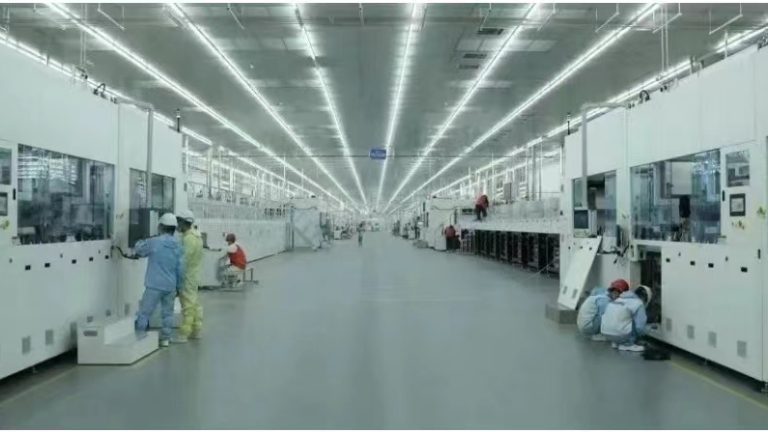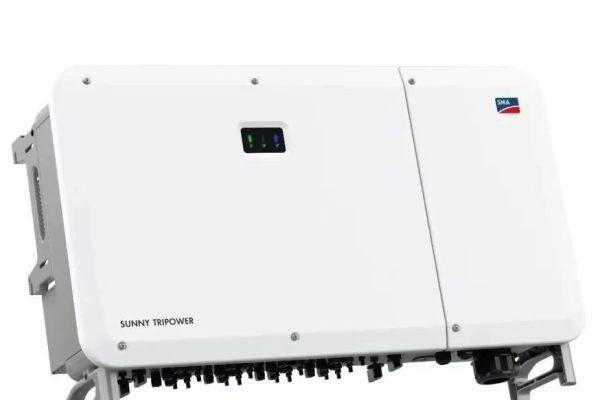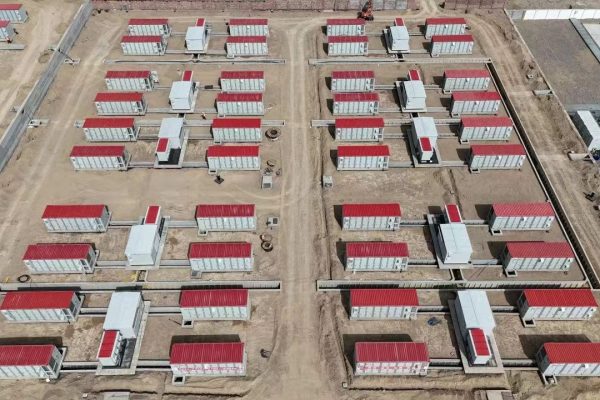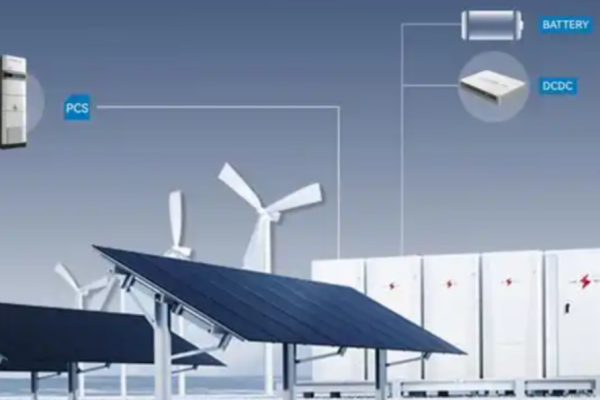Tailoring Quotations for Different Battery Types
In energy storage system (ESS) exports, understanding the differences between wall-mounted and cabinet batteries is essential for accurate quotations. Each type targets distinct buyer segments, capacities, and use cases. Exporters who align quotation logic with battery type improve clarity, credibility, and buyer confidence.
1. Target Buyer Segments
- Wall-Mounted Batteries: Primarily residential or small-commercial buyers.
- Cabinet Batteries: Industrial, large commercial, or microgrid applications.
Exporter Tip: Segment pricing and features according to buyer type and energy needs.
2. Capacity and Pricing Logic
- Wall-Mounted: Smaller capacity (3–20 kWh), lower unit cost, often sold per module.
- Cabinet: Higher capacity (50–500+ kWh), economies of scale apply, pricing may include modular expansion options.
Exporter Tip: Clearly indicate unit price, total cost, and scalable options for cabinet systems.
3. Technical Specifications and Documentation
- Wall-Mounted: Emphasis on aesthetics, compact size, ease of installation, and compatibility with common inverters.
- Cabinet: Focus on modularity, thermal management, safety features, and integration with industrial systems.
Exporter Tip: Include full datasheets, BMS details, and compatibility lists based on battery type.
4. Delivery and Installation Costs
- Wall-Mounted: Lightweight and easy to ship; installation is typically straightforward.
- Cabinet: Heavy, requires careful packaging and possibly crane-assisted installation; shipping and handling costs are higher.
Exporter Tip: Break down delivery and installation costs separately for transparency.
5. Warranty and Maintenance Terms
- Wall-Mounted: Standard warranties (5–10 years), minimal maintenance requirements.
- Cabinet: Extended warranties (8–12 years), maintenance contracts may be necessary due to industrial usage.
Exporter Tip: Tailor warranty presentation to buyer expectations and system scale.
6. Payment Terms and Order Size Logic
- Wall-Mounted: Smaller batch orders, standard payment terms (T/T, L/C).
- Cabinet: Large-scale orders, milestone payments, or L/C are common due to higher investment.
Exporter Tip: Clarify deposit, milestone, and final payment schedules based on battery type.
7. Risk Management Considerations
- Wall-Mounted: Low-risk, small financial exposure; easier to manage shipping and installation risks.
- Cabinet: Higher financial and operational risk; exporters may need to provide detailed risk mitigation plans and insurance.
Exporter Tip: Include risk-related clauses in quotations for cabinet systems.
Tailored Quotation Strategies
In ESS exports, wall-mounted and cabinet batteries require different quotation logic. Wall-mounted systems prioritize simplicity, aesthetics, and small batch sales, while cabinet batteries focus on capacity, modularity, and industrial reliability. Exporters who adapt their quotations to battery type can increase clarity, align with buyer expectations, and improve conversion rates.









